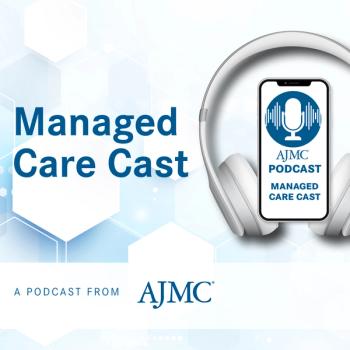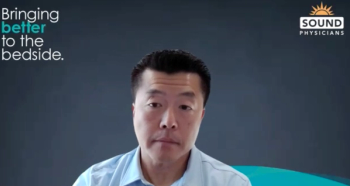
Mavis Asiedu-Frimpong Describes the Challenges of Funding and Replicating Proven Healthcare Models
There are questions of hiring of staff, of leadership buy-in, of funding that all come into play when you are talking of how to scale a model beyond a single site, said Mavis Asiedu-Frimpong, director for national initiatives at the Camden Coalition of Healthcare Providers.
There are questions of hiring of staff, of leadership buy-in, of funding that all come into play when you are talking of how to scale a model beyond a single site, said Mavis Asiedu-Frimpong, director for national initiatives at the Camden Coalition of Healthcare Providers.
Transcript
What are the challenges when a model of care is tested and it works, but now it needs to be scaled?
That’s a great question. So, there are a couple of ways in which that comes into play, and I will mention that one of the projects that the National Center is working on is focused exactly on that question. And so, we are working with health quality partners and the Peterson Center on Healthcare to really understand the science behind replication. And some of the things that we’re seeing are first the question of fidelity.
So, what are the real components of a model that must stay in place no matter where it is implemented? Then there are questions also of the local context and what part local context actually plays in the success of how a model is actually implemented in different places, as well.
And then there’s also the nuts and bolts of readiness. How do you know that a community is really ready to implement something that has been implemented elsewhere? So, there are questions of hiring of staff, of leadership buy-in, of funding that all come into play when you are talking of how to scale a model beyond a single site.
And that’s what we’re doing in our Peterson [Health Quality Partners] Project. And we are really excited to share that learning with the field because it comes up over and over again and we really feel well positioned to support the answer to that question.
Do questions around funding come up, and how do those discussions go?
Yeah, it’s one of the critical questions that the project is going to be looking at. And so phase 2 is going to start next year, and in phase 2 we are actually going to be selecting sites where the model that we are testing is going to be implemented. And so the questions of funding come up there.
So, the readiness is very much connected to the funding. How do you actually make sure that you have the resources, not just financial resources but the staff capacity to actually implement a model successfully?
Newsletter
Stay ahead of policy, cost, and value—subscribe to AJMC for expert insights at the intersection of clinical care and health economics.








































